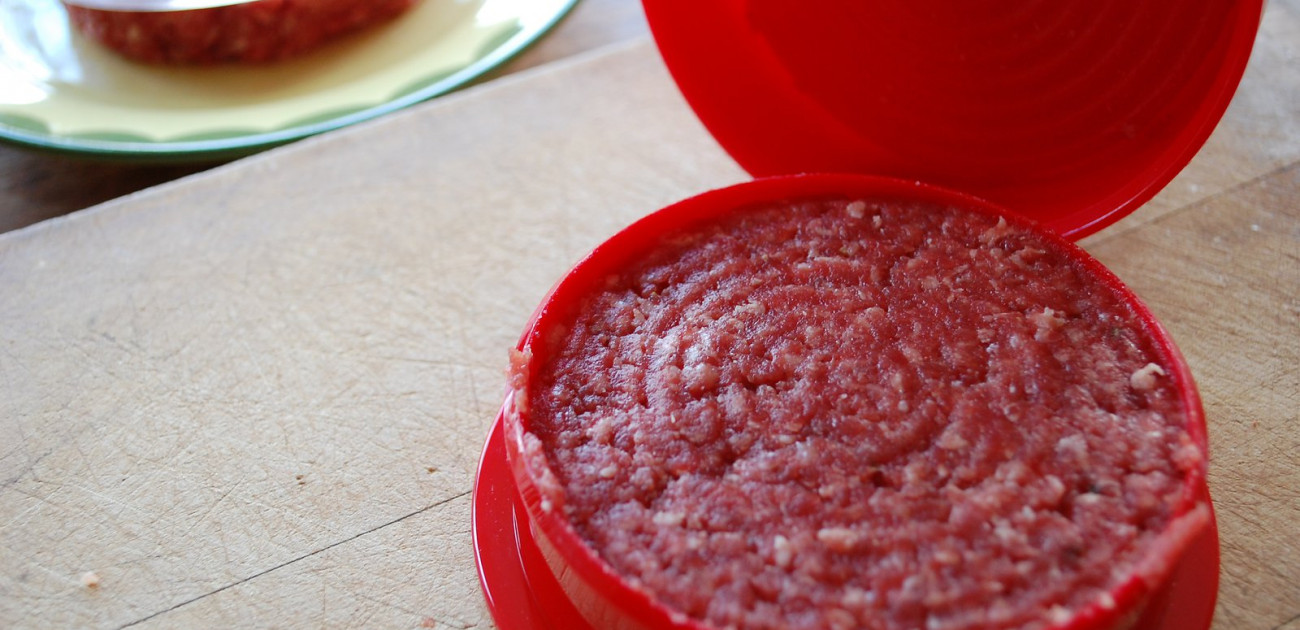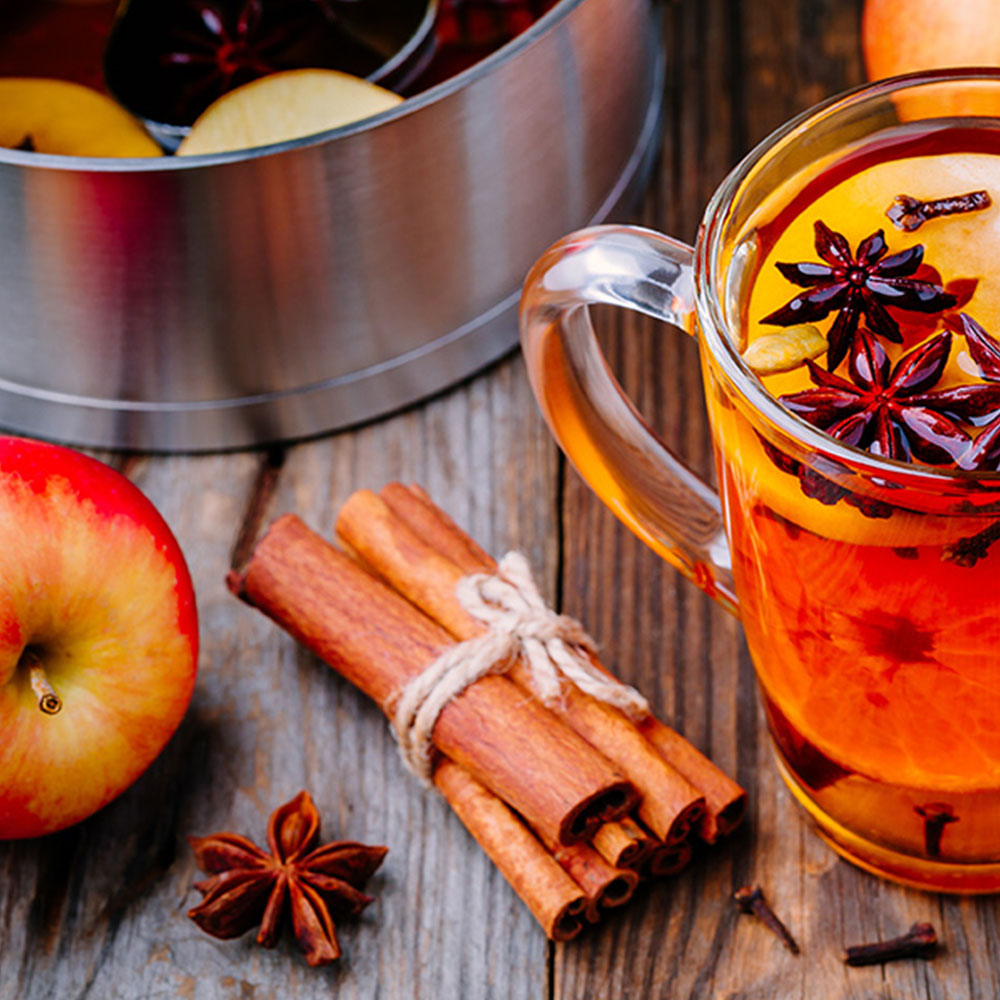12 July 2011
How To Prepare The Meat For Your Burger

But the key to the recipe is the meat. You should not just get the nearest pack of mince that you can find, but should go to a proper butcher and get the mince made for you using the right types of meat. The best beef for a burger comes from the top, so you are looking for neck, chuck & blade (in the US, this is chuck), rump (in the US, this is sirloin), silverside and topside (in the US, this is top round, i.e. from the top of the hind leg rather than towards the base); for UK cuts, you can see the attached website or in the US. Each cut has different characteristics and pricing, but they are all great for burgers. If you are going to buy your meat from the supermarket or preminced, try and get minced steak rather than minced beef, and organic or free range beef over factory farmed, so you are more likely to get a better quality cut and more ageing. However, good mince and braising steak often comes straight from chuck so you could just go straight for these, then mince the braising steak yourself, but check with your butcher if you can.
What you are looking for is a beef from the top of the cattle with a good level of marbling of 15% - 20% of the total meat. A good level of marbling (the little veins of fat running through the beef) is vital as it melts as you cook, helping the beef to baste itself while cooking, so keeping the beef succulent and flavoursome. Then you are looking for muscles that are worked and so have good flavour as in the hind leg or neck, rather than the soft, but less flavoursome cuts from the ribcage area, which are forerib and sirloin in the UK and rib and short loin in the US, however on the other side you do not want the overly tough meat from the lower round or brisket. Then you are after an aged beef as this overcomes any possible issues from extra collagen from being worked hard.
As for breeds, the best beef comes from hardy Border and Scottish breeds, like the Aberdeen Angus and Galloway lines or Blue Grey, which is a Whitebred Shorthorn crossed with a Galloway. Then for global beef afficionadoes there is Wagyu beef from the Japanese Wagyu cattle, which has intense marbling. One thing I feel is that the best beef comes from hardy cattle that have been farmed in tough conditions where the beef has been grown properly rather than becoming flaccid and dull from easy living.
Heston Blumenthal goes into some detail and consideration of the types of beef to use in the perfect burger. He uses a mix of chuck, aged short rib and brisket in a ratio of 1:2:1, with a 6 hour presalting of the chuck before grinding. Personally, I think this is too complex, but agree that a mix of chuck and short rib (or rib eye) or rump, using 21+ day aged beef if you can get it, is a great idea, but you must still look for the right fat:meat ratio, i.e. marbling. The idea of presalting the beef at this stage is interesting, but does not actually make any difference as I always suggest that you season the minced beef for at least an hour before you grill the burgers, so you draw the moisture out at that stage. Some blog views on his burger can be found at http://www.mrmenu.net/discus/messages/18/61023.html and http://aht.seriouseats.com/archives/2008/05/the-blumenburger-the-most-laborintensive-hamburger-in-the-world.html.
Cutting through all this, I go for a 1:1 ratio of chuck steak to either ribeye steak or rump steak, with the picanha cut being a great rump cut to use.


The next thing to consider is the grind size for the beef. The best way is to get your butcher to do this as they have the right equipment and good hygiene. You should ask for the beef to be minced through a medium (4.5mm; 3/16 inch) setting, not finer like industrial pre-ground mince. At home, I grind the meat once with the 4.5mm blade then again either with the same blade or a 6mm blade, as I find the double mince creates a smoother and less tough beef. If you are going to do this at home, you must ensure that all the equipment is really, really clean and should scald the blades in boiling water to kill all the bacteria or use food grade cleaners and rinse off afterwards thoroughly; then refrigerate the equipment for 30 minutes to help to prevent the meat from sticking to it. Once again, I would recommend Weschenfelder for a manual mincer and would plump for either the No 8 or No 10 stainless steel mincers on their site. Heston Blumenthal suggests that you grind the meat then align the strands in parallel, but this is not worth the effort and also means that the burger has much less bindability and can easily fall apart. The key is the quality of the meat, not in being overtly particular to align the strands of minced beef this way, i.e. don't bother as it is a pain in the butt.


Having minced the meat, you should season it right through. To do this, grind the salt to a fine powder in a mortar and pestle as you want this to be all the way through the beef. You must use a sea salt for this and not an industrial salt. For this, I would suggest either our fleur de sel, or be more British about it and use one of the wonderful crystal salts from Anglesey, Cornwall or Maldon. The salt draws out some of the moisture in the beef creating a greater succulence and binding the beef together more, while subtly enhancing the umami tones within great beef. Next get some coarsely ground good quality black peppercorns, which you can either do with your grinder on a coarse setting or buy a cracked black pepper (called crushed black pepper in the US and butcher's cut in Germany). This brings the characteristic warm, piperine flavour that wonderfully offsets the richness of the beef. I think that you want bursts of flavour in this case rather than an even heat throughout, which would come from a ground pepper, essentially the opposite flavouring style to the sea salt. I think our Steenbergs TGSEB from Kerala is the best pepper you could want, so that is what I use. Finally, I add a small amount of fried grated onion, which is really my own personal preference - it is only a small amount and complements the meat nicely with a hint of sweetness. For really good beef, you can, and I often do, drop this and rely on the salt and pepper, but I do like a little bit of fried onion in the burger mix, but this is optional.
Put the minced beef into a stainless steel bowl. Having prepared the fine ground sea salt, the coarse ground black pepper and the grated onion, you should sprinkle these then mix through the ground beef as well as you can. Use your hands here, making sure they are scrupulously clean. Then cover the stainless steel bowl with a clingfilm and leave in refrigerator for at least one hour.
To make the patties, you should either shape them with clean hands or use a burger press like the ones I suggested from Weschenfelder or Scobies in East Kilbride. If doing them by hand, shape them to 10-12cm (4 - 5 inches) in diameter and 4cm high (1½ inches), which is roughly palm-sized and about two fingers thick. Place these burgers into the fridge until you are ready to fry or grill them.

Having explained the basics for making a burger and some of the kit to use, I will review some possible sources for where you can get great meat for making your burger at home, both through the supermarkets, local to the North East, some online speciality stores and a few other great places that are worth tracking down if you have the time and money to reach for greatness. From there, we will go to ideas for sauces, burger buns and so on.




